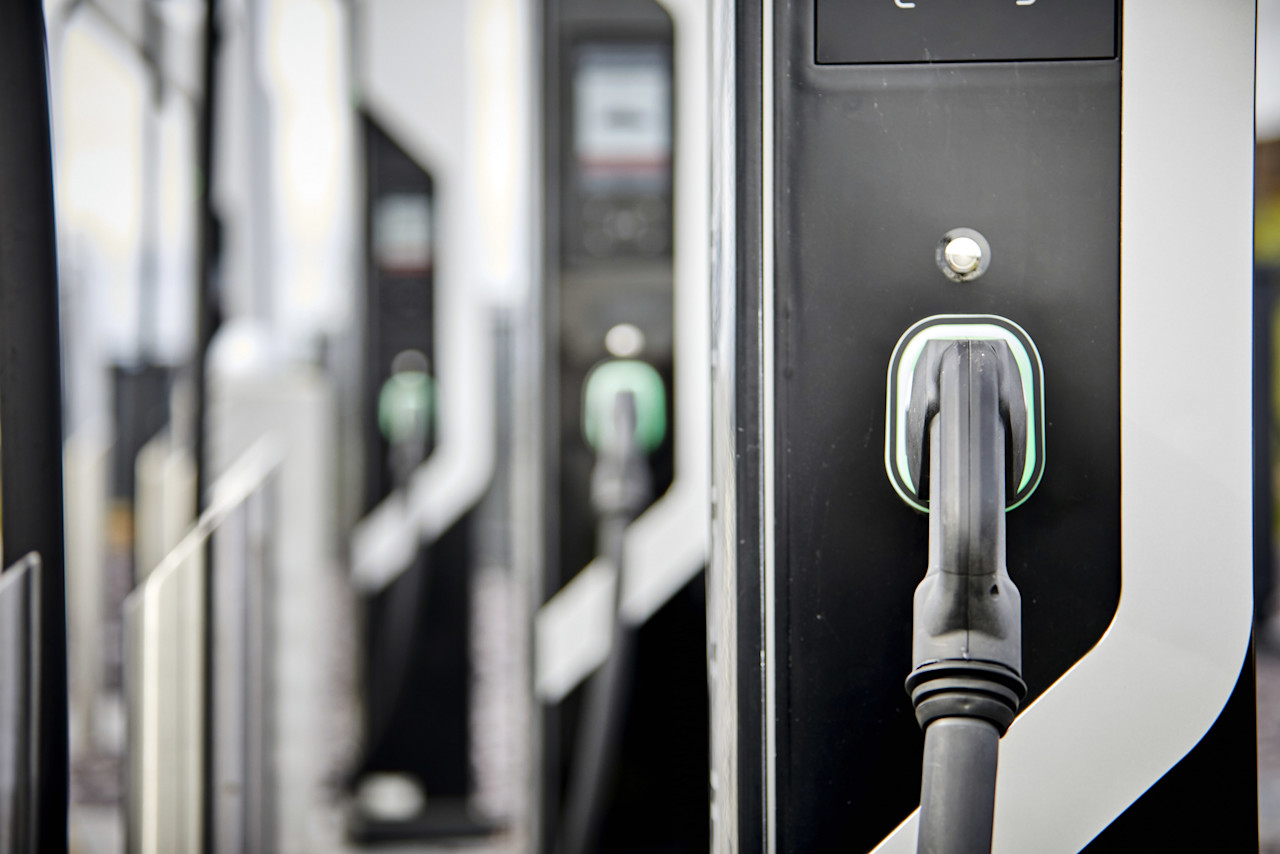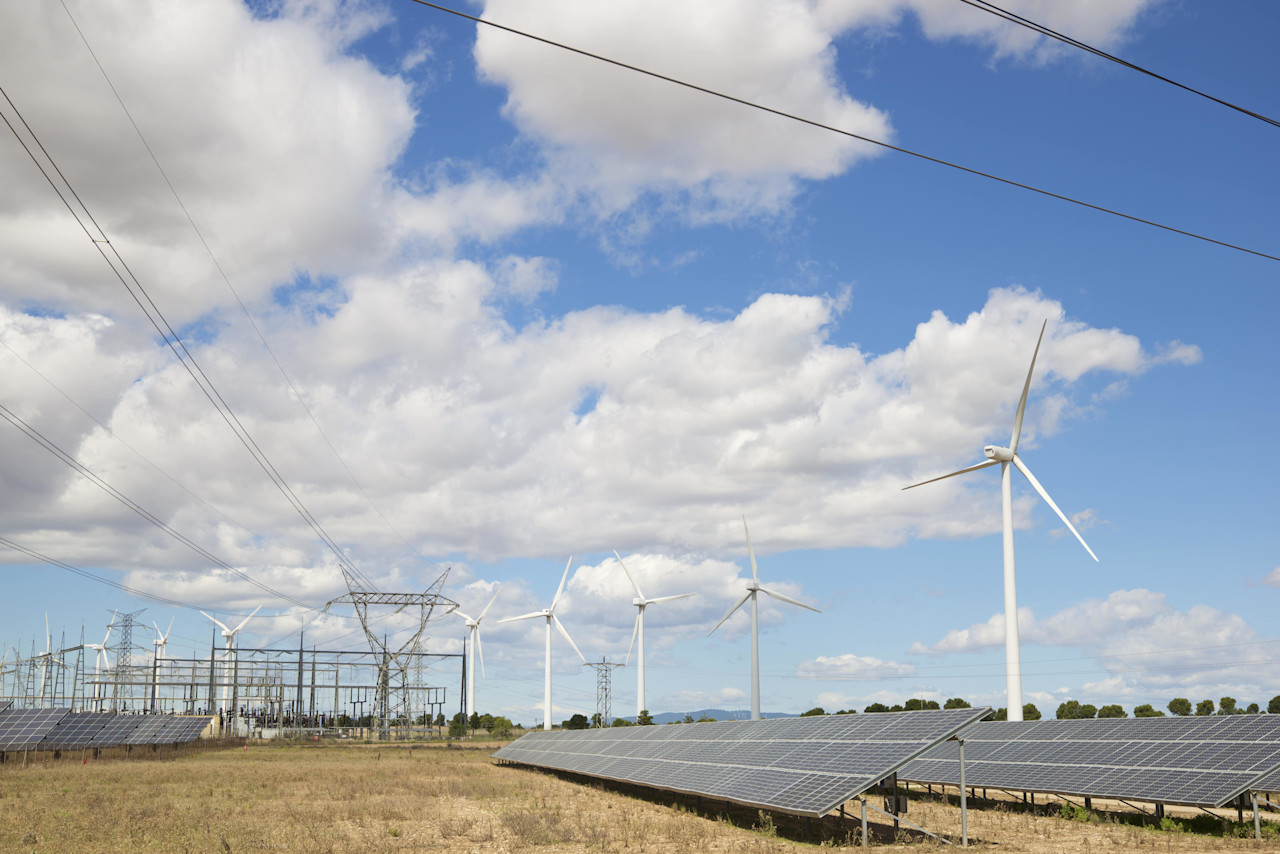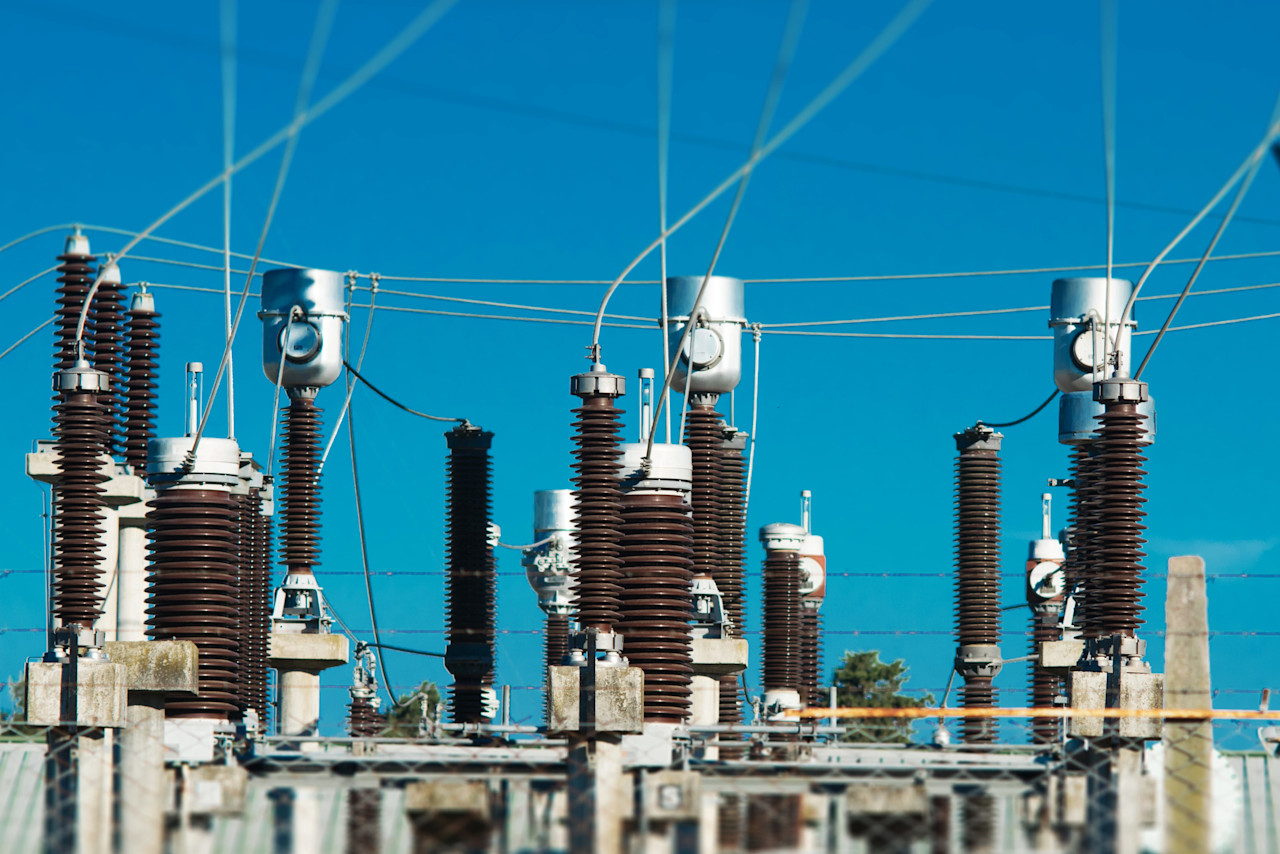Green hydrogen is seen by many as a mission critical solution in mitigating climate change and achieving carbon neutrality in this century. It is versatile and can help to replace fossil fuels and hence reduce (or even eliminate) carbon emissions across multiple economic sectors.
Within transportation, it can be used as a fuel to power vehicles that carry passengers and cargo. Within buildings, it can provide low-carbon heat and electricity. It can be used by utilities to store and distribute surplus energy generated from renewable sources to either stabilize electrical grids or add the energy supplies across sectors. It can also be used as a feedstock for other industrial and agricultural processes, helping lower their carbon intensity.
Furthermore, it can provide the chemical and/or thermal energy needed for industrial processes like steel, cement and chemical production. All that accounts for around 15-20% of all carbon emissions produced in the global economy. Electrical energy is unable to replace the chemical energy currently supplied by energy rich fossil fuels. As a result, these applications are unfit for decarbonization via electrification.



















